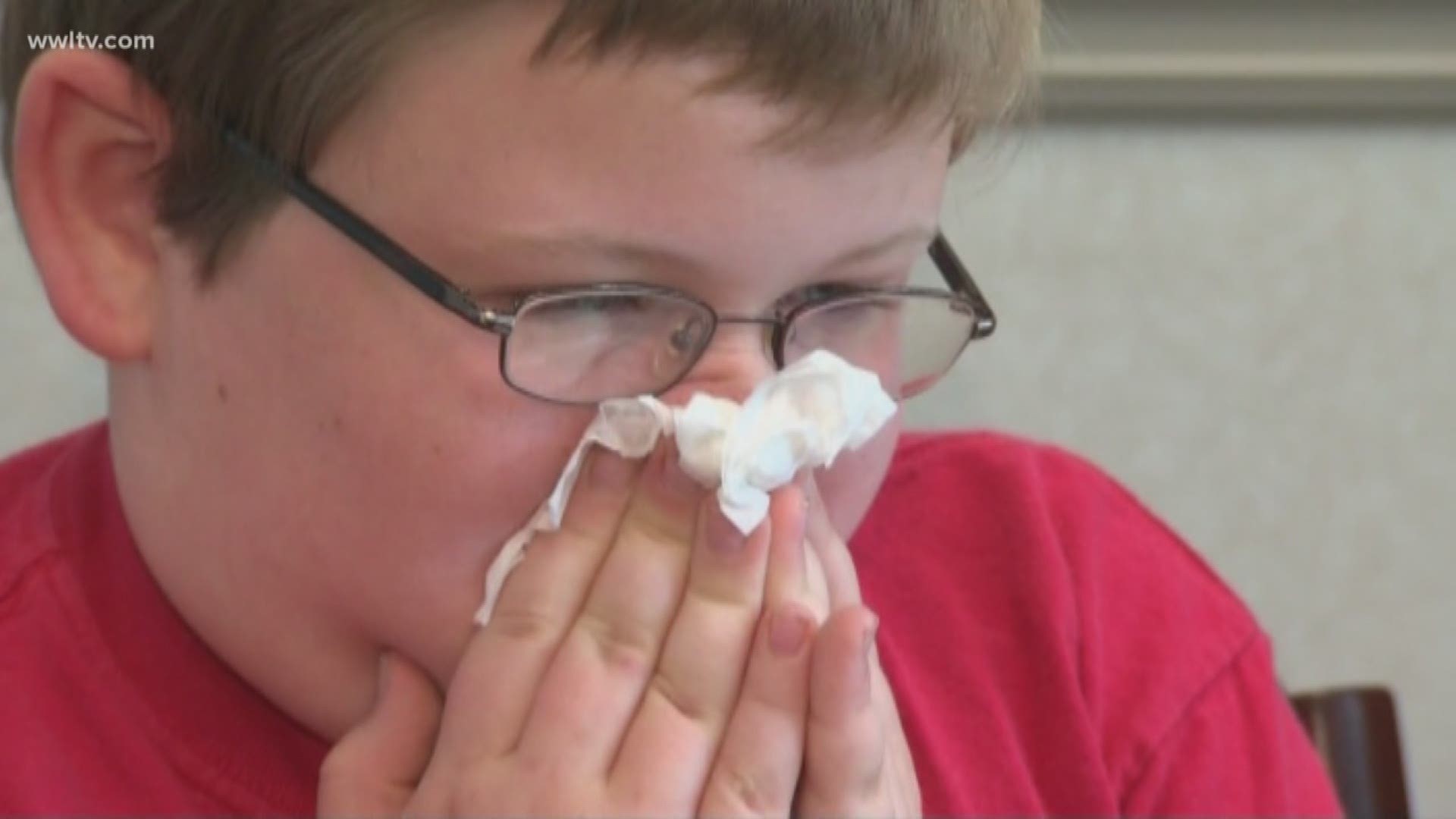If you've been sick lately, you're not alone. The area is seeing a high number of people with respiratory viruses.
But how do you know if it's a cold or the flu? And why is it so important?
The CDC is showing Louisiana has a high level of widespread flu-like activity. It's called flu-like because some of the illness is from influenza viruses and others are from the many cold viruses going around. It's important to know the difference. There are antiviral medications to treat the flu, but not for colds. And with flu, you are much more likely to be hospitalized with complications.
"Complications like pneumonia, for example, and worsening of other chronic conditions because those are things that can cause the flu to be potentially deadly," explained LSU Health Sciences Center Infectious Diseases Specialist, Dr. Fred Lopez.
The CDC chart shows the main difference in colds versus flu is how fast the symptoms hit you and how severe they are. Colds come on gradually.
"With the flu, you're more likely to get high fevers, comes on much, much more abruptly, and chills might be associated with the flu, and muscle aches. You really feel almost like you go hit by a car," said Dr. Lopez.
So with the flu, you don't feel like lifting your head. With colds, and their more common respiratory symptoms, you can usually go through your routine. While both can be easily transmitted to others, there's a big difference with the flu. You can prevent it, or a serious case of it, by getting a simple vaccine.
"It's a shame that only 50 percent of the people in the United States are availing themselves of the flu vaccine, on an annual basis, when it's a vaccine-preventable illness, that has potentially very morbid, if not even fatal complications."
And with Mardi Gras coming, it's still not too late to get your flu vaccine.
Last year, the flu took the lives of 80,000 people in the U.S. of all ages.
CDC chart of the different symptoms of cold and flu: https://www.cdc.gov/flu/images/about/cold-or-flu-small.png

